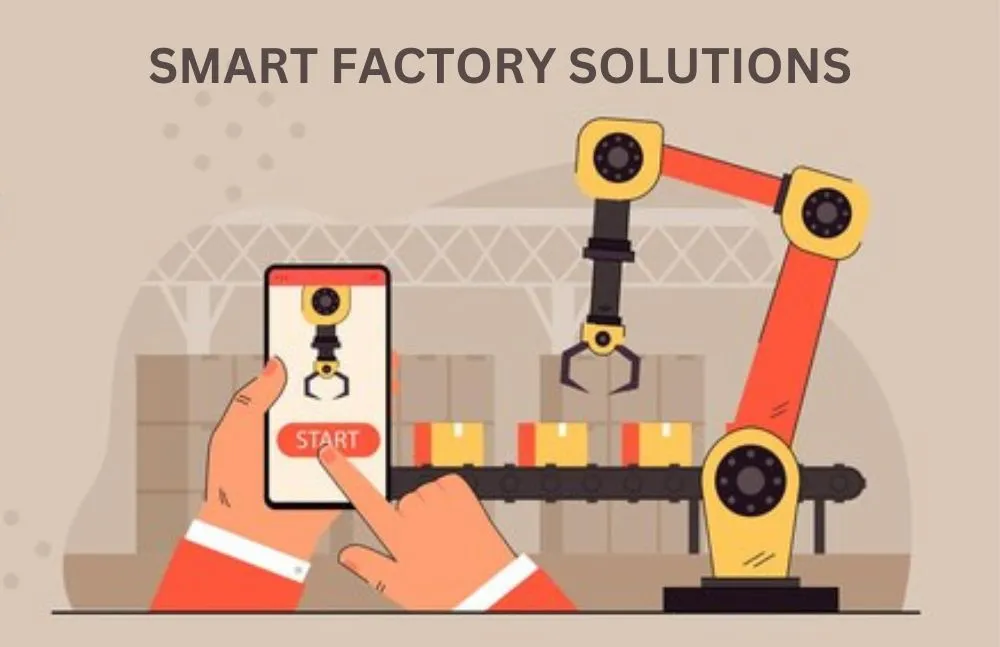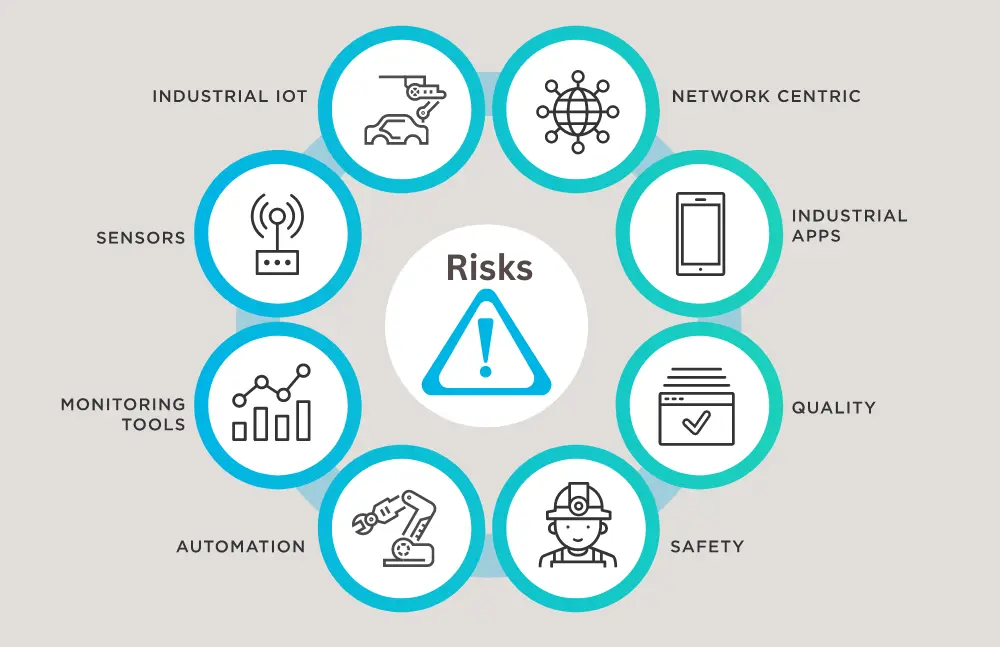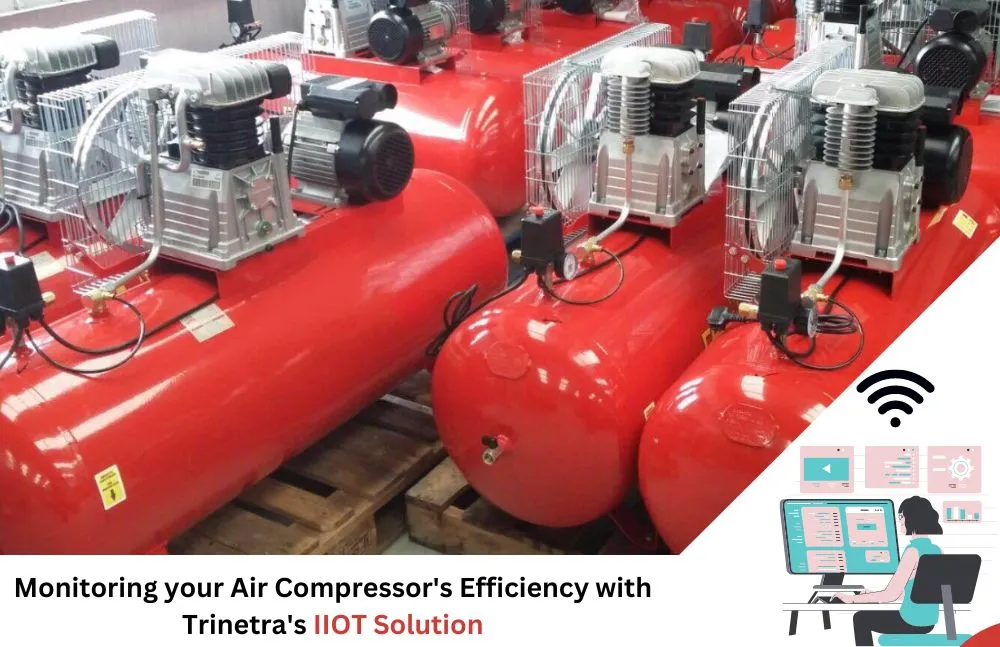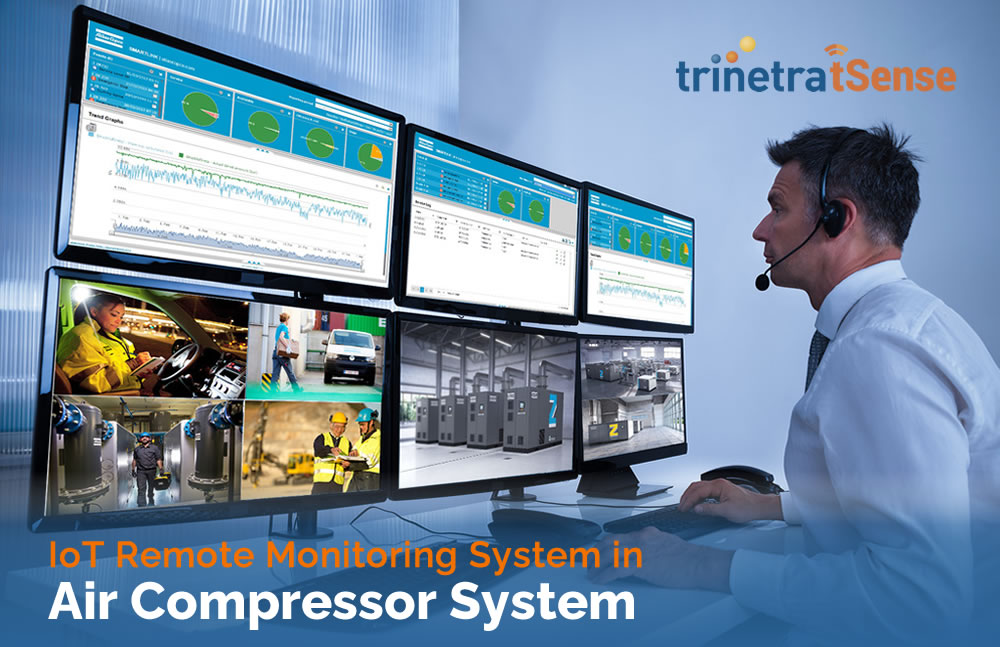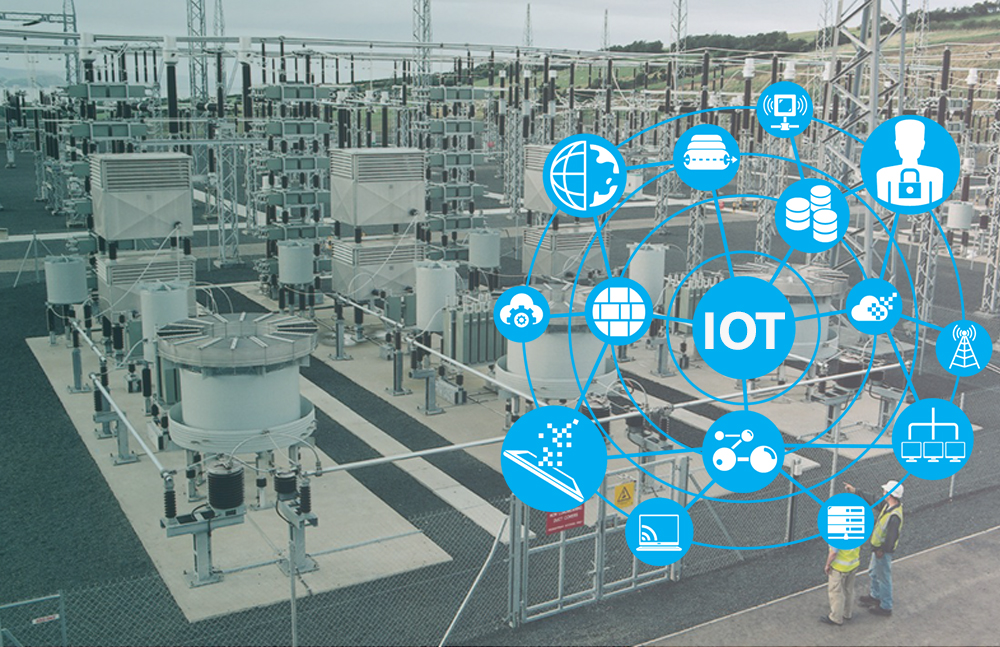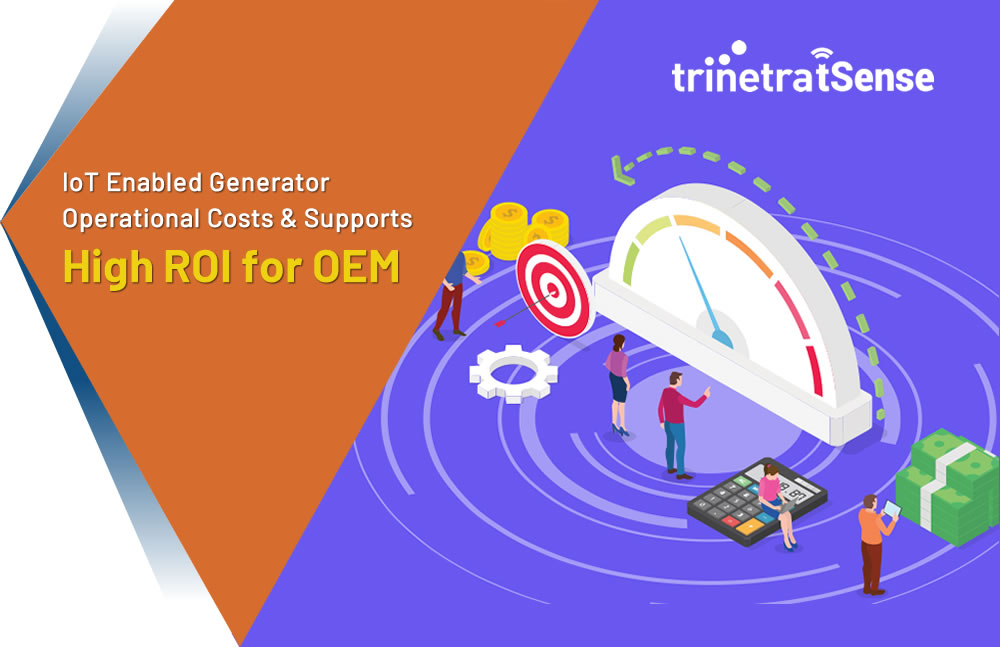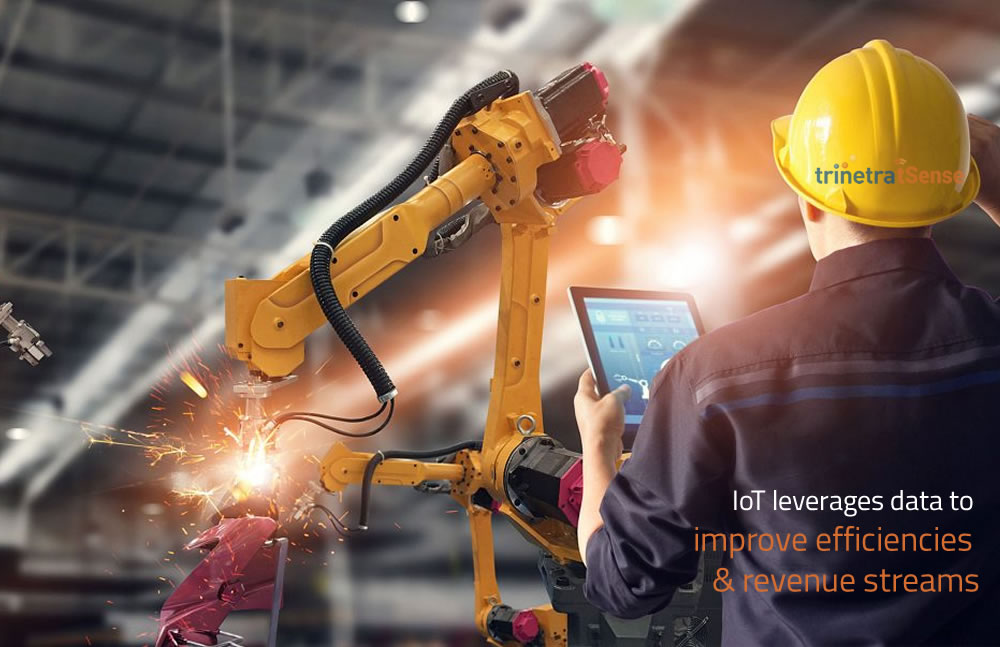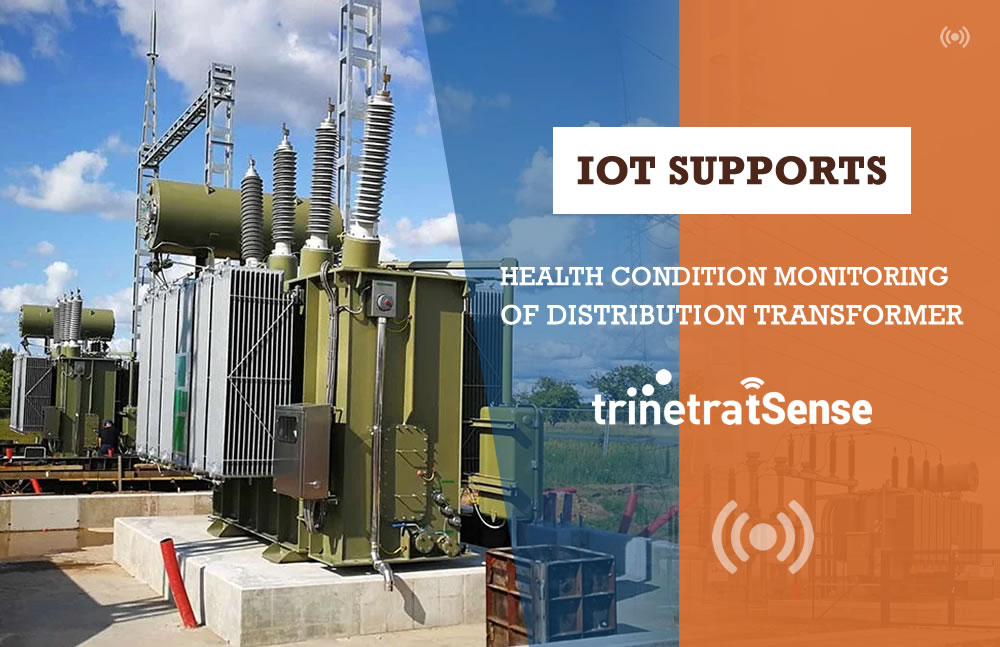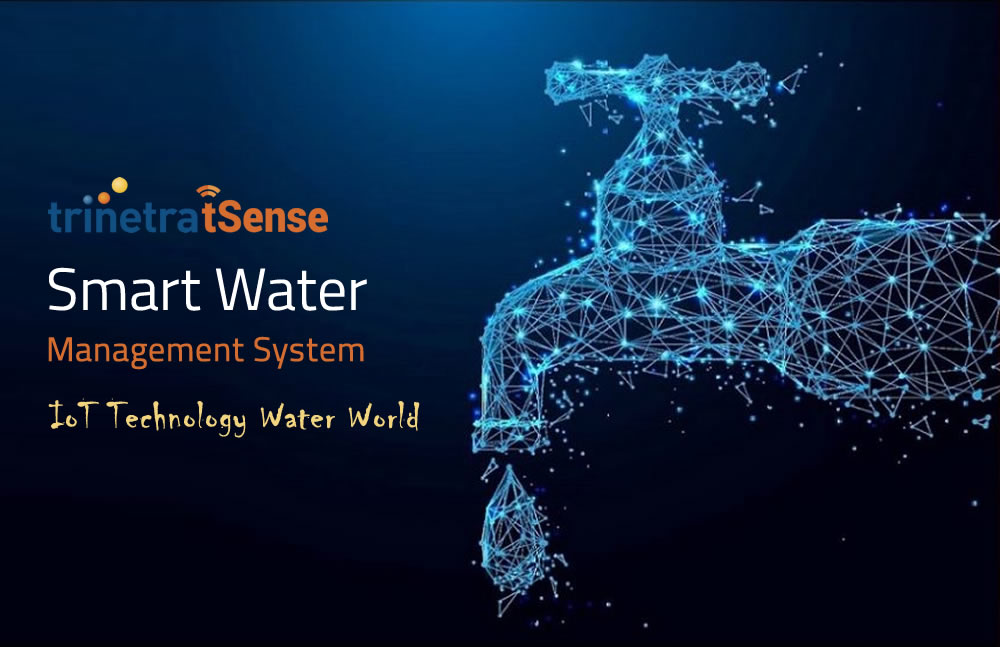In the evolving technology world, the idea of interconnecting and intelligent manufacturing is gaining ground. Understanding the economic growth impact of IoT most professionals and investors are adopting the technological revolution.
A statically report states that in the year 2020 amount spend globally on the Internet of things(IoT) is around $840 billion if it maintains the 12.6% year-over-year compound annual growth rate. It is clear that a huge part of this expenditure is spent on the introduction of IoT by most of the industry including manufacturing. Thus already been proven that the revolution of IIoT in the manufacturing industry has begun in the form of connecting machine-to-machine communication, creating security of preventive maintenance, and generating reports with big data analytics.
What is Smart Factory?
A smart factory is the digital transformation of the manufacturing industry providing facilities like connecting devices & machinery with smart sensors and maintaining the production system by continuously collecting and sharing data. Using this data, the organizations can take decisions in improving the business processes and also address any problems that may arise.
The smart manufacturing practice handled by smart factories is enabled by various technologies like the industrial internet of things(IIoT), artificial intelligence, big data analytics, and cloud computing. The smart factory connects both the digital and physical world to monitor complete production processes to individual performance like tracking the operations of persons on the shop floor.
Key Principles of Smart Factory:
The main principles of the smart factory and the future of the manufacturing industry are connectivity along with data analytics & diagnostics which leads to fewer shutdowns, improved processes, and optimized facilities.
A smart factory is basically being enabled with the latest technologies to improve processes.
Using the latest technologies like IoT and artificial intelligence the smart factory can be more responsive, and predictive and also encourages the available resources to be cost-effective and efficient manufacturing.
Creating a Smart Factory:
Though the digital transformation of a factory to be smart is expensive, it can make fast and effective changes in your business process without replacing every machine in the manufacturing chain.
Complete access to the manufacturing chain and identify important parts to be changed, quickly make changes to see the difference in the entire process. Analyzing the key areas will support with information to plan the next improvement processes.
The analysis should be among the diverse team including every specialist from different areas of the business. The more involved workforce in the analysis will generate the most effective changes in the process. And also ensure training for employees on any new equipment so they feel comfortable using it. The smart factory can reduce the workforce and also supports them with a facility like monitoring systems, collecting data, and action improvements, inspection, or repairs.

